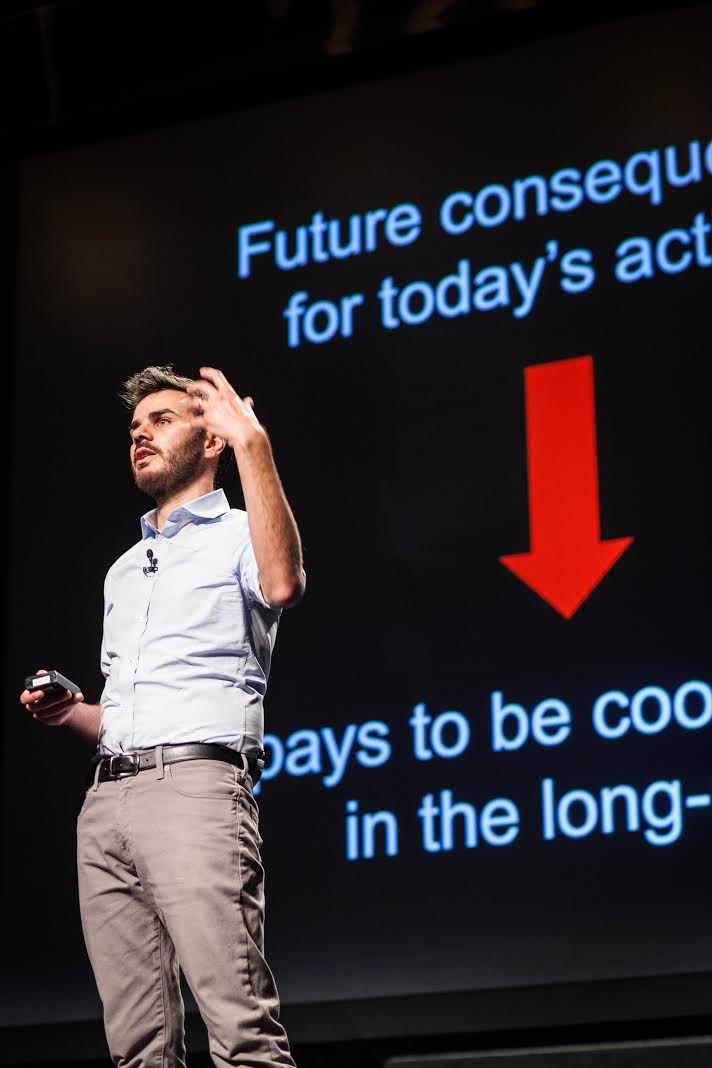Cooperation is key in human society, but can be exacting to establish. Human cooperation requires each interacting individual to pay a cost in order to benefit others. The prisoner’s dilemma, which describes the choice between two unrelated individuals to cooperate or defect, is a classic experimental model for such interactions. Although it has been extensively studied in adults, less is known about how it works in children.
A study coauthored by David Rand, assistant professor of psychology, explores children’s cooperation in recurring prisoner’s dilemma games. Rand’s team compared responses in repeated prisoner’s dilemma scenarios with responses to one-shot dilemmas. Subjects were children aged 10 and 11. In repeated scenarios, children were paired with an anonymous partner for six rounds of play; in one-shot scenarios, children were matched randomly with a new partner after every round
With this approach, the researchers determined that cooperation between children was higher in repeated games compared with one-shot scenarios. Children were more likely to reciprocate cooperation when they anticipated future interactions with the other individual. “In the repeated prisoner’s dilemma, your current actions can have future consequences because you play again with the same person the next round,” Rand said. “Then it can become in your long-run self-interest to cooperate.”
Rand and his colleagues also noticed that within repeated dilemmas, cooperation varies by gender and conduct problem rating. Girls were found to be more cooperative than boys and had a greater desire to generate a connection. Children with conduct problems were more likely to defect in both repeated and single scenarios.
By learning that pre-adolescent children can understand the strategic consequences of repeated prisoner’s dilemma interactions, Rand and his team have introduced important implications for understanding sociality in children. “Future studies should look at how these kids assess other strategic situations,” Rand said. “We can then map how these children behave in their social interactions.”
Cover image: Assistant professor of psychology David Rand gives a talk about the shadow of the future and the implications for cooperation in children. Image courtesy of David Rand.

